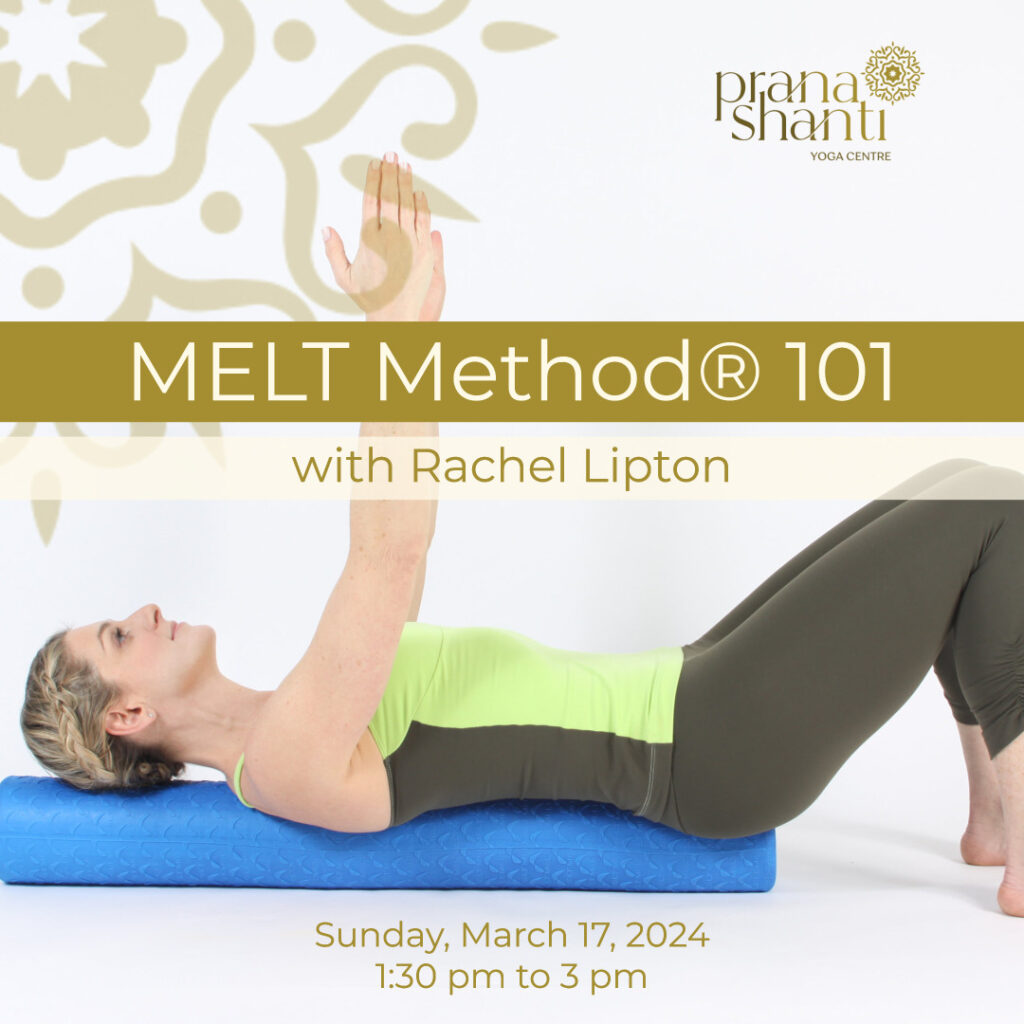
If there was a way for you to maintain the health and longevity of your joints, wouldn’t you want to know about it?
In the pain science world, there’s a new anatomical star on the street, and its name is fascia. Also called connective tissue, our fascia are bands of thin, flexible, and fibrous tissue that wrap around and support every single structure in your body. We’re talking organs, muscles, nerves, tendons, blood vessels, bones, and, yes, our joints.
Fascia holds us up and sets the tone for our posture. It stabilizes our joints as we move, bear weight, and do all the things that we do. Our joints are emerged in and surrounded by connective tissue, and by keeping that tissue happy, we keep our joints happy.
Unhappy joints become stiff and inflamed. They ache in the morning and after a long walk or run. But it’s not our fault! As biped creatures living within gravity’s pull who move and use our bodies every day, it is normal and expected for connective tissue to get strained and dehydrate.
And it’s our repeated movements and postures that impact our fascia the most – asking it to work harder as we do certain motions again and again or keep our bodies in certain positions for extended periods of time. Do you sit at a desk? Run or cycle? Do you carry around a child in one arm or the other? How about favouring one leg while waiting in line at the store? Take a moment to think of all the one-sided actions you do each day and all your habitual postures (this includes your sleep position).
Living life dehydrates our fascia, but let’s give a big and enthusiastic ‘yes’ to living life! So, the question isn’t: how do I stop my fascia from getting dehydrated and strained? It’s: okay, my fascia works hard for me each and every day… what can I do to take care of it?
Well, what would be lovely is if we could all go for a myofascial massage/myofascial release treatment 1-2x per week, having the practitioner focus in on the areas that get the must use and strain in our fascial matrix. Regular body work, in theory, is lovely, but in real life and wallet practice … ?
Enter The MELT Method®.
MELT is designed to give individuals some tools in fascial self-care. MELT uses dozens of techniques and moves, all based on neuro-fascial science (because fascia also has deep ties to our autonomic nervous system), to help manage pain and maintain the health, function, and longevity of our joints and body. Simple moves done regularly + soft-enough equipment = happier, more hydrated connective tissue.
I started using MELT regularly in my life two years ago. As an acupuncturist running a high-volume community clinic, I had been looking for a way to manage my own chronically tense and stiff areas. I was very happy (and intrigued) with what I felt and noticed. I loved the empowering feeling of knowing how to give my body some care in just 15-20 minutes (and longer, I’ll confess, when I really got going).
If you are looking to learn some moves to help manage your areas of chronic pain, support your body in an activity you love to do, or if you just want to give your joints the best possible support and care as you move through life, you definitely want to know about MELT. I’d be delighted to introduce you.
Come join me on Sunday, March 17th for a MELT Method® 101 workshop. I’ll be taking you through the foundational moves of the method, giving your fascial matrix a rehydrating once-over. Click the button below to learn more.
Rachel
